Fly Me to the Moon was written by composer Bart Howard in 1954 and recorded by singer Kaye Ballard in the same year. The song was originally titled “In Other Words” until Peggy Lee, who made the song popular after her performance on the Ed Sullivan Show in 1963, convinced Bart Howard to change it to “Fly Me to the Moon”.
In this lesson, you will learn how to play Fly Me to the Moon’s melody, analyze the harmony, and play an easy solo over the chord changes.
It took me 20 years to find out how to write a song in 20 minutes – Bart Howard
Recommended Listening:
- Julie London – The End of the World (1963)
- Frank Sinatra – It Might as Well Be Swing (1964) – Fly Me to the Moon was originally in 3/4. Sinatra’s recording, accompanied by Count Basie and arranged by Quincy Jones, was the first version in 4/4. This version of the song was played on a cassette player on Apollo 11, before landing on the moon.
- Howard Roberts – Goodies (1964)
- Wes Montgomery – Road Song (1968)
- Jim Hall / Red Mitchell – Jim Hall / Red Mitchell (1978)
- Ernest Ranglin – Now is the Time (1999)
- Ray Brown – Some of My Best Friends Are… Guitarists (2002; with Kenny Burrell)
- Ray Brown, Monty Alexander, Russell Malone – Ray Brown, Monty Alexander, Russell Malone (2002)
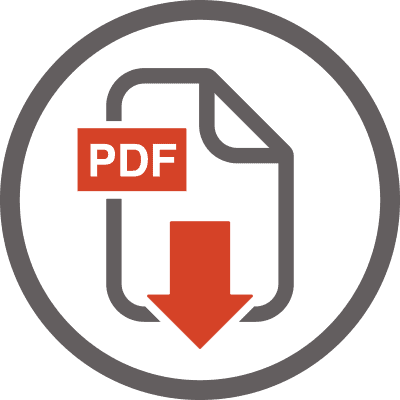
Free fly mE tO tHE mOON PDF
Enter your first name & email address below and you will get the sheet music/guitar tabs of this lesson as a PDF in your mailbox...
Fly Me to the Moon – Video
Fly Me to the Moon – Melody
Backing Track
Listen & Play-Along

Fly Me to the Moon – Harmonic Analysis
Before we go on to the solo, we’ll have a look at the harmonic structure and the scales you can use over Fly Me to the Moon.
Structure: 32 bars long, with an ABAC structure. A1 and A2 are identical.
Key: C major (the original is in Ab major)
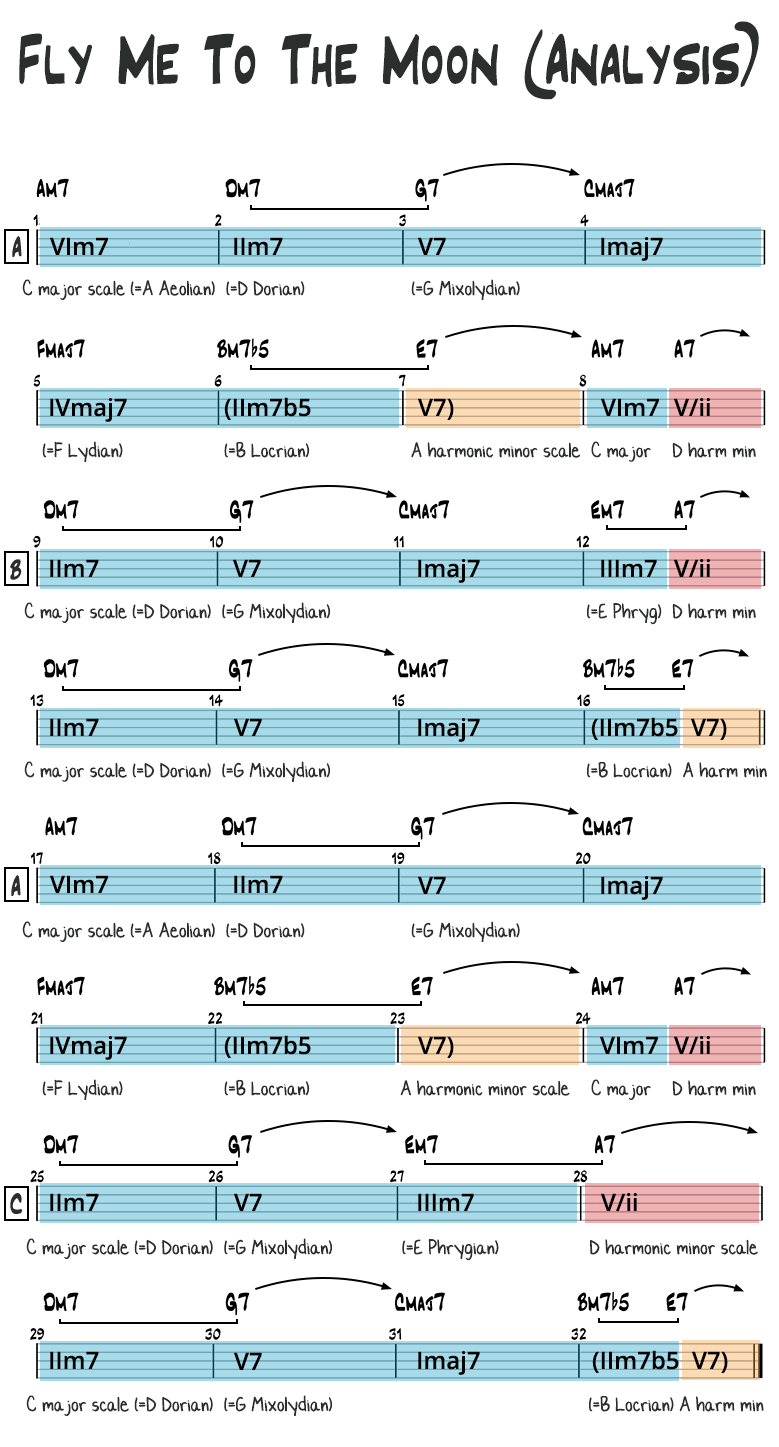
C Major Scale
The C major scale can be used on all chords that are marked blue in the analysis chart.
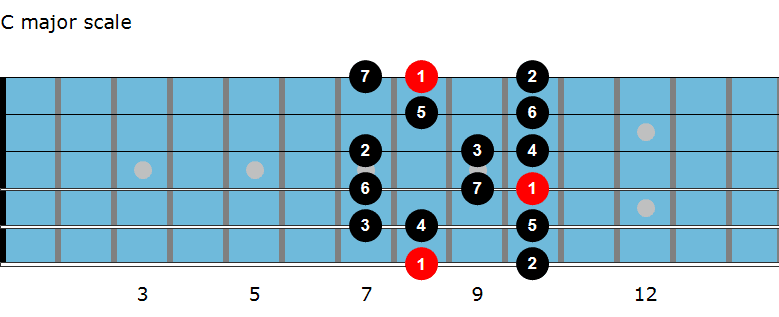
A Harmonic Minor Scale
E7 (in Fly Me to the Moon) is a secondary dominant chord that resolves to Am7, the VI in C major.
It is preceded by Bm7b5, forming a minor II V I progression.
A secondary dominant is a dominant chord that resolves to any chord that is not the tonic (I).
The scale of choice to play over E7 is the A harmonic minor scale, also known as the E Phrygian dominant scale or the E Mixolydian b9 b13 scale.
| A harmonic minor scale | A | B | C | D | E | F | G# |
|---|---|---|---|---|---|---|---|
| Played over E7 | 11 | 5 | b13 | b7 | 1 | b9 | 3 |
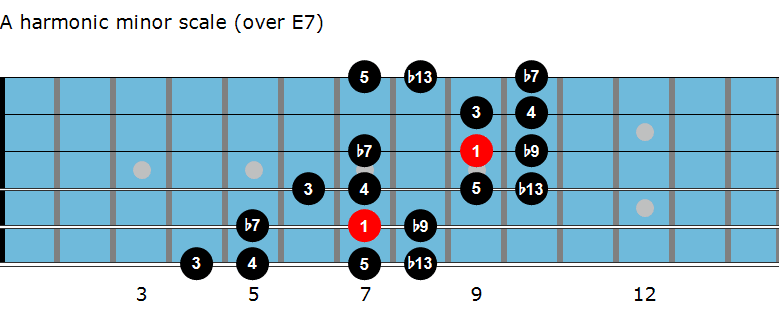
D Harmonic Minor Scale
A7 (in Fly Me to the Moon) is another secondary dominant, this time resolving to Dm7 (IIm7 in C major).
The scale of choice here is the D harmonic minor scale (= A Phrygian dominant).

Fly Me to the Moon – Solo
The solo is based on the variations of two patterns.
Pattern 1
Variations of the first pattern are used in the first chorus of the solo.
This simple pattern is based on an Am7 arpeggio and can be played over an Am7 or Dm7 chord.

Here is the major version of this pattern, based on a Cmaj7 arpeggio.

Pattern 2
Variations of the second pattern are used in the second chorus of the solo.
This pattern is based on an A minor triad.

Fly Me to the Moon – Guitar Solo
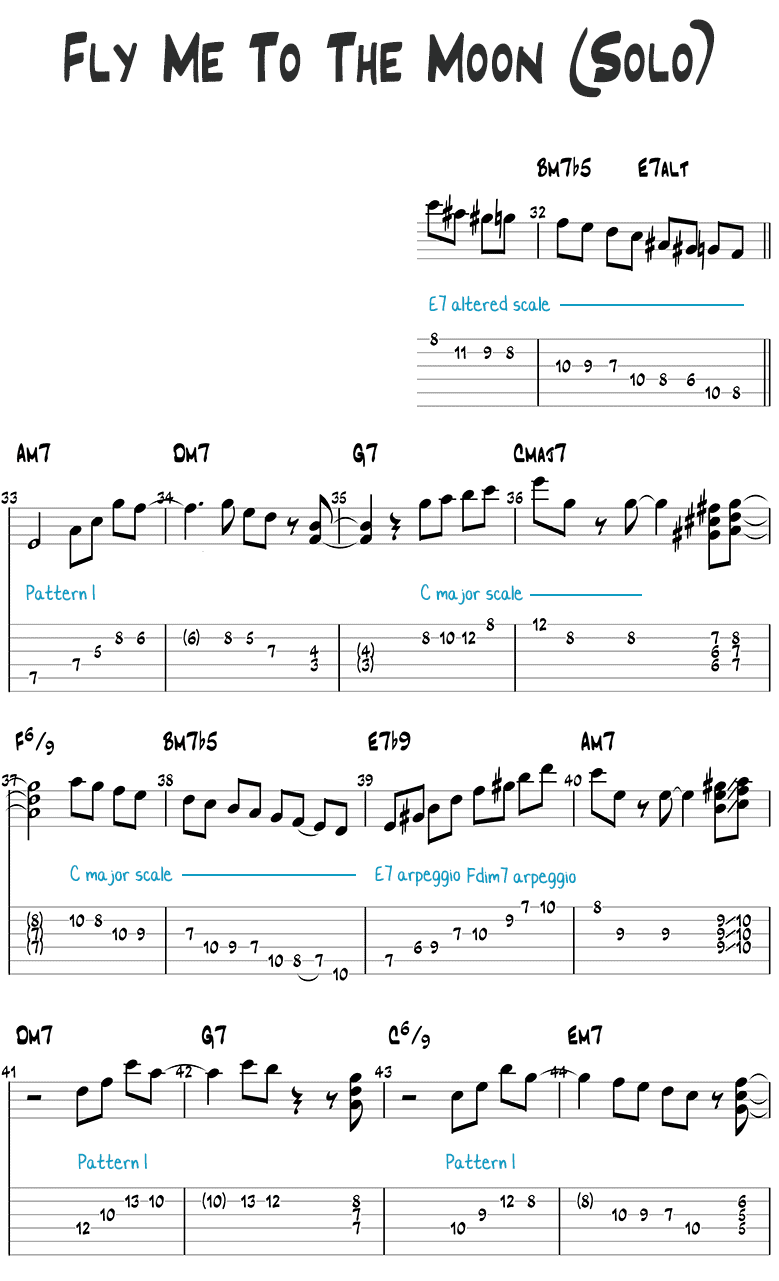
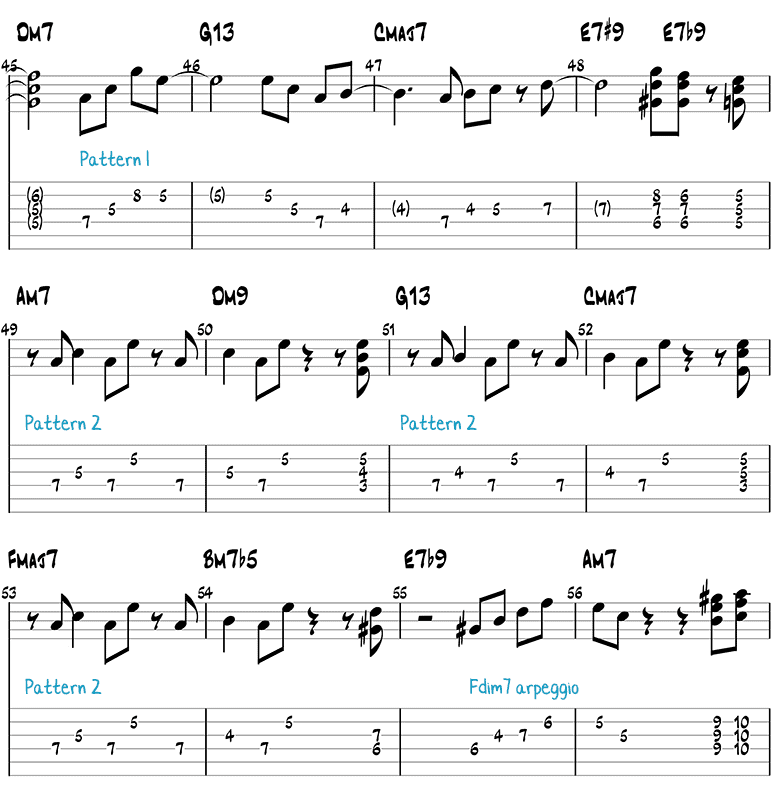

Related Lesson: Fly Me to the Moon Chords
Fly Me to the Moon Guitar Pro File
Fly Me to the Moon Band in a Box File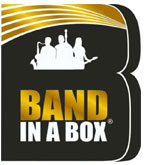



YOU ARE THE BEST
Thank you so much for this outstanding lesson and description!
Thank you so much for this outstanding lesson!!!!
Udo
wonderful
fantastic^^
Wow! Just great! Awesome choice of notes for the solo.
This is great. Thank you very much.
morceau de jazz incontournable et belle pédagogie!
Thank you for this great gift! It’s the first time that I see such an analysis of a song.
Le fichier Band in a Box est tres utile comme playback et je propose à tous les lecteurs le fichier complet theme et impro au format midi et Band in a Box
C’est super gentil de nous offrir cette analyse complète de ce standard d’anthologie !
Un grand merci
Thanks a lot
Muchísimas gracias por compartir !!!
Todo muy claro. Excelente.
Un abrazo
I dont believe that god does exist
but sir, u thought ppl so selfless
This helped me so much with both Piano and Guitar, you’re a legend!
I just bump into that site last week looking for a step step by lessons about playing chord tones and changes … Man this so much more the beginner’s book is amazing … from funk to jazz one little step at the time . Very well presented and super generous . 🙏🙏🙏🙏🙏🙏
Hello, these lessons are great, but how do you make money off of these great free lessons
Thanks so much! This is set up perfectly for a guy who’s relatively new to jazz to study and get to know.
🙂
This might be a weird question (sorry) but I love your tone, and was wondering what settings you had going on the Deluxe Reverb?
cheers
Thank you so much for this great tune. I as an Iranian Jazz-lover can not get through the day without songs like fly me to the moon (especially Wes Montgomery’s record). and this Tab is just what i was looking for.
I am most grateful to you Dirk – Great lesson and Great playing!
Great lesson. TY!
Dirk, thank you for sharing all this wonderful stuff! great work!
Thank you!
Thank you for your great presentation. However, the chords in bar 16 of your harmonic analysis are Bm7b5 to E7 with the corresponding scale for the Bm7b5 as E Locrian. Should not that be B Locrian scale instead of E Locrian?
Thank you in advance for your response.
Marc
Hi Marc, indeed, that should be B Locrian, I fixed the typo!
Great Lesson, thanks
Thank you
Excellent post. Really appreciate your effort and provided material!
Gracias
Çok teşekkürler Dirk,son derece yararlı bir çalışma.Türkiye’den selamlar ,sevgiler…Vedat
Love this lesson. How can I print it? Melody and the solo. Be happy to pay .Thanks.
Hi Doug, there’s a Print and a PDF at the bottom of each lesson.
Thanks, yeah I see that now… great stuff!
Jazz Guitar online it`s the number one! It`s an excellent job.Thank you very much.
Great lesson
Thank you soo much for your time
Muchisimas gracias… un trabajo excelente!!!
thanks that’s great thks
yes yes this is great thx very much
Thank you very much
This is fantastic for me.
T.
Merci beaucoup pour cette magnifique version.
Bien à vous
great! thanks once again
Thank you so much. I already knew that standard but you opened new possibilities. It’s like learning a new tune! Merci. 🙂
Fantastic!! Your lessons are so so well done. Always love your lessons Dirk. Thanks much.
So good
Great lesson ! thanks very much !
Great! Above all the harmony analysis is so helpful for me ( being a beginner in jazz guitar – im working the ” beginners guide” right now).
One question: what is the meaning of the
“V/ii” in the 8th bar – A7 ?
V to D maj ? – (sorry if i have missed something – looked the beginners guide through, but didn’ t find an answer)
Once more: great !
Thanks
Bernhard
V/ii is nearly what you’ve said. It is the V of the D minor scale or D Dorian (ii degree of C major). V/iii in the key of C would be the B7 chord as it is the V of Em (iii). Because the V of any minor or major scale is the same (G7 is the V in C Major and C Minor: or A7 is V in D Major and D Minor) you were basically correct but you are better of thinking in the correct harmony
thanks so much !
my “jazz-thinking” is growing from nearly nothing to a little – and i like it !
II of V describes a secondary dominant. The rule for employing is this: Any chord can be prefixed (preceded) by a dominant chord which resolves to it. In this case the target chord in bar 9 is Dm7. This is the II of the C major key. In c major, the “correct” (diatonical) chord to use in bar 8 would be Am7. But, in the 2nd part of the bar, we change this to A7. A7 is the dominant (V7) of Dm7, if we pretended for a sec that we were in the key of Dm7.
This technique highlights a chord, and creates a strong resolution / motion to it by altering a native (diatonical) preceding chord. This “highlighting” is sometimes called “tonicizing” the target chord. It can be considered a weak, temporary modulation.
When secondary dominants are introduced in a tune, they are usually not part of the key the tune or segment is in, so they can be considered a form of chromaticism. Despite of the secondary dominant not being part of the key, the listener’s ear tends to accept it as “logical” because of the strong and convincing resolution it has to the target chord. This technique is more common than you might think, the Beatles uses it frequently. It also happens in classical music, as early as Vivaldi.
Parabéns, Parabens !!! Cada vez mais, nos coloca
com mais vontade de aprender. Muito interessante como explica o assunto. Obrigado.
Great lesson. Thanks.
Magnifico como siempre. Muchas gracias maestro.
Great!
Wow, thanks so much.
This detail and background helped to bring it alive and opens new doors.
Excellent article/lesson thanks very much.